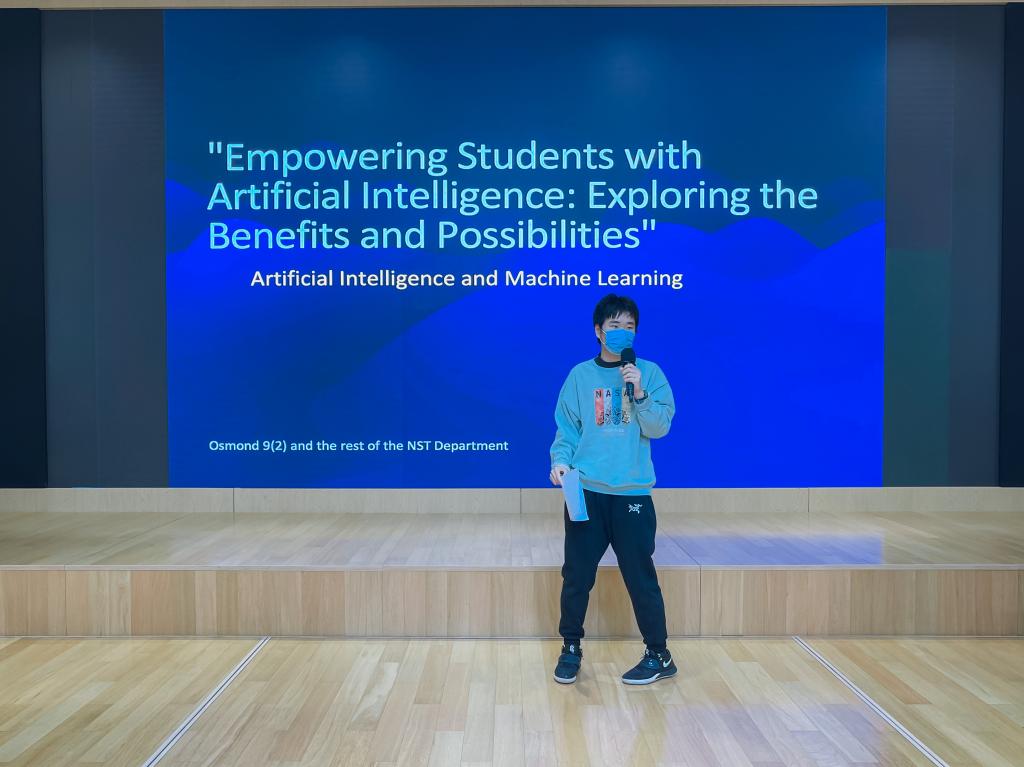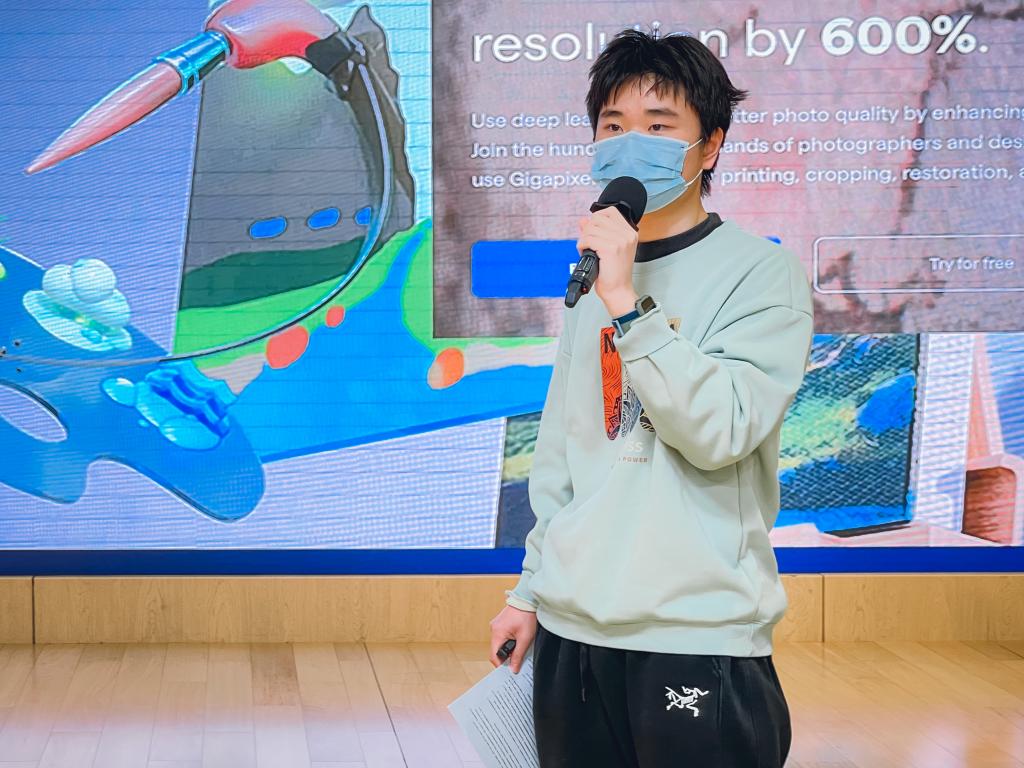-
ABOUT US
-
ACADEMICS
Curriculum Program
Departments
- English
- High School Chinese
- Primary and Junior School Chinese.
- High School Mathematics
- Middle School Mathematics
- Primary School Mathematics
- Music and Fine Arts
- Physical Education
- Physics
- Chemistry
- History and Geography
- Physical Science and Optional courses Department
- Middle School Biology
- High School Biology
- Social Sciences
- Computer Science
- Courses in Primary School
Achievements and Matriculations
College Counseling
Science & Technology Innovation Contest
Subject Competition
-
ARTS
-
ATHLETICS
-
AT SHSID
SHSID ∣ TIMES
PTSA
Club Exhibition
- 龙吟社
- Live 2 Drama
- Choir
- Hip-pop Dance Club
- The Primary School Dance Troupe
- Symposiums Club
- Biology Workshop
- You Shan
- VEX Robotic
- Peking Opera Club
- Baseball Club
- Model United Nations
- The World Scholar’s Cup
- Future Problem Solving Club
- United States Academic Pentathlon
- OM Club
- AMC Club
- Music for Patients
- SHSID Gazette
- Smile Charity
- Cultural Moments
- SciAcademy
- Stem Doge Alliance
- Chinese Debate Club
- IAA
- Mock Trial Club
- Zhengming Club
- Art-to-zine
- Bananaheads
- Electronics
- Furry Friends
- GT-Racing
- MCG Philharmonics
- Village Radio
- IMMC Club
- Creative Design and Intelligent Fabrication
- Future City Research Project
- ECOCAP
- AdvocaSEA
- SPDC
- Medishine
- Floorball Club
- Animusic MTC
- Wings Up
Health and Wellness
Campus Safety
Cafeteria Service
-
ADMINISTRATION
-
ADMISSIONS
-
ALUMNI
Alumni Information
Honors Students
- Class of 2025
- Class of 2024
- Class of 2023
- Class of 2022
- Class of 2021
- Class of 2020
- Class of 2019
- Class of 2018
- Class of 2017
- Class of 2016
- Class of 2015
- Class of 2014
- Class of 2013
- Class of 2012
- Class of 2011
- Class of 2010
- Class of 2009
- Class of 2008
- Class of 2007
- Class of 2006
Who Studied at SHSID
SHS Foundation
-
DOCUMENTS
Grade 9: Assembly - Using AI Technology Wisely
SHSID freshmen students gathered in the lecture hall of Zhentao Building on March 28, Tuesday, for the usual weekly assembly. Osmond from 9(2) talked about the role artificial intelligence could play in aiding students with their academics. Osmond mainly compared the differences between using AI for passive and active research, illustrating his point through a paper he had to write for a psychology competition. Passive research is the process in which a student uses AI to write a paper for himself/herself. Active research, meanwhile, is when students use AI to add evidence to their own points and modify their papers. Passive research means the user will be unable to learn during the project since the AI does everything. More importantly, it violates the academic integrity policy of school. Comparatively, active research allows users to reflect and learn during this process and write a text with a unique perspective.
To conclude, Osmond explained the benefits AI could bring students. By personalizing the student-learning experience and automating administrative tasks, AI truly has the potential to transform the way we teach and learn in the future. His speech was received by an enthusiastic round of applause.


(Written by 9(3) Lucia Liu Pictures by Zhen Yu Edited by 9(4)Nicole Chen Supervised by Zhen Yu Reviewed by Qian Zuo)